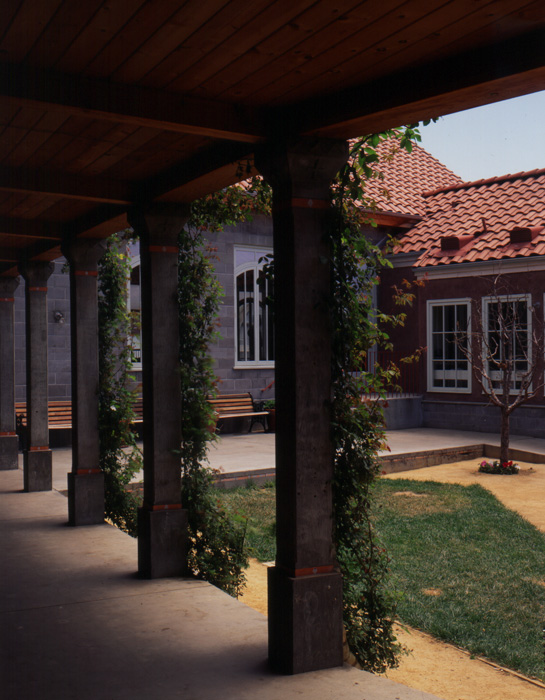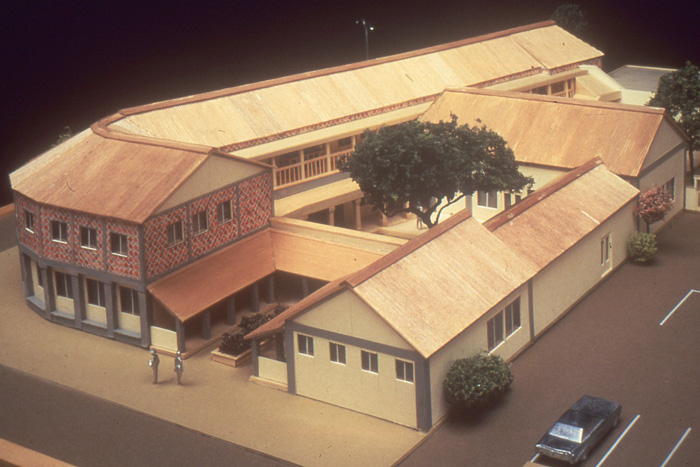Nothing is too good for the poor
Dorothy Day writes this about the early days of the Catholic Worker:
As fast as we gave things away people brought more. We gave away blankets to needy families, started our first house of hospitality and people gathered together what blankets we needed. We gave away food and more food came in. I can remember a haunch of venison from the Canadian Northwest, a can of oysters from Maryland, a container of honey from Illinois. Even now it comes in, a salmon from Seattle, flown across the continent; nothing is too good for the poor.
It reminds me of an architectural project by Christopher Alexander, a homeless shelter in San Jose:


https://www.patternlanguage.com/projects/julian.html
It’s not the utilitarian dormitory you might expect. It is carefully designed, with a pleasant courtyard, high-ceilinged dining hall and subtle ornamentation. This might just be a result of consulting with people who might actually live in it:
To understand Christopher Alexander’s ideas about architecture, and to understand the man himself, it helps to know something about the Julian Street Inn–a shelter for the homeless in San Jose. Alexander designed the shelter in 1990, and he still drives down from his Berkeley home to talk with residents and collect their impressions of how the building works as a living space. Before even starting his design, in fact, he interviewed dozens of homeless people about what they wanted; they were, after all, going to live there.
https://www.latimes.com/archives/la-xpm-1995-01-29-tm-25890-story.html
Most telling is the resident who said “This is the first time I’ve ever been in a building where absolutely everything is necessary.” This applies to ornamentation as much as its walls and ceiling. The way Alexander designed this space ensured that the courtyard wasn’t an aesthetic affectation, or a box-checking exercise to comply with site coverage ratio requirements. It was necessary for the purpose of a homeless shelter, and it was justified by properly fulfilling that need. The same must, maybe alarmingly, be concluded of the decorative column tops, the false hammerbeam truss of the dining hall, the tiles and fountain and trees.
Sydney Cohousing is trying to create a mixed-income housing development that includes those on middle and high incomes as well as those on low incomes and those in social housing:
https://crabmusket.net/2025/a-statement-of-intent-for-affordable-housing/
We’re doing this because living in urban Sydney is not too good for the poor. Being involved in designing a liveable, beautiful, functional place is not too good for the poor. Living side-by-side with the wealthy is not too good for the poor.